It looks like you're using an Ad Blocker.
Please white-list or disable AboveTopSecret.com in your ad-blocking tool.
Thank you.
Some features of ATS will be disabled while you continue to use an ad-blocker.
3
share:
Firstly, there's often some confusion about what is phosphorescence and fluorescence. So let's start with a quick reminder:
Fluorescence
source
Phosporescence
source
Now, here are some stunning photos! Fluorescence or Phosphorescence?
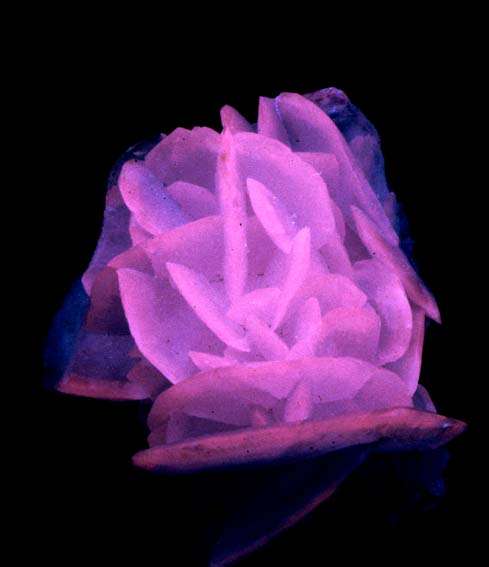
Light-pink calcite under under UV light
Origin: Mongolia
Owner: Axel Emmermann
source

Aequorea jellyfish
Image Credit: Steven Haddock
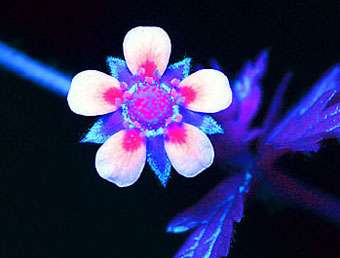
Cinquefoil, potentillia intermedia L.
Image Credit: Bjorn Rorslett
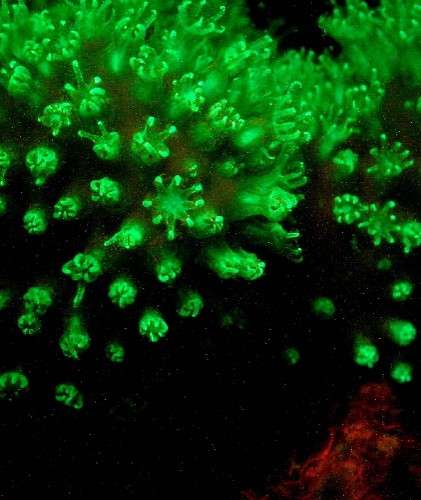
This Hawaiian soft coral (Sinularia densa) demonstrates green fluorescence. The reddish coloration is that of zooxanthellae or algal fluorescence.
source
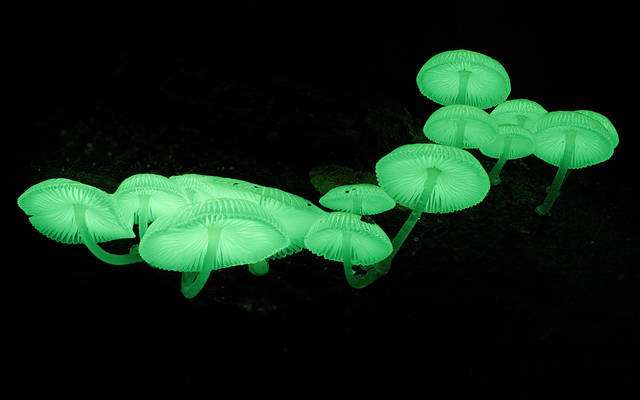
Bioluminescence in mushrooms
I remember when I was around 10yo swim (that was in summer) in the ocean at night in a fluorescent water, there was hundreds of thousands of tiny green-light particles around me and everywhere in the sea, that was a very odd and amazing experience...
I also remember of the lightning bugs as well:
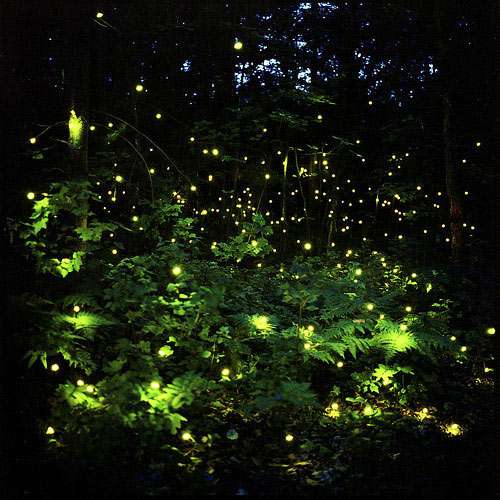
Fluorescence
Fluorescence is the emission of light by a substance that has absorbed light or other electromagnetic radiation of a different wavelength. It is a form of luminescence. In most cases, emitted light has a longer wavelength, and therefore lower energy, than the absorbed radiation. However, when the absorbed electromagnetic radiation is intense, it is possible for one electron to absorb two photons; this two-photon absorption can lead to emission of radiation having a shorter wavelength than the absorbed radiation.
The most striking examples of fluorescence occur when the absorbed radiation is in the ultraviolet region of the spectrum, and thus invisible, and the emitted light is in the visible region.
Fluorescence has many practical applications, including mineralogy, gemology, chemical sensors (Fluorescence spectroscopy), fluorescent labelling, dyes, biological detectors, and, most commonly, fluorescent lamps.
source
Phosporescence
Phosphorescence is a specific type of photoluminescence related to fluorescence. Unlike fluorescence, a phosphorescent material does not immediately re-emit the radiation it absorbs. The slower time scales of the re-emission are associated with "forbidden" energy state transitions in quantum mechanics. As these transitions occur very slowly in certain materials, absorbed radiation may be re-emitted at a lower intensity for up to several hours after the original excitation.
The study of phosphorescent materials led to the discovery of radioactivity in 1896.
source
Now, here are some stunning photos! Fluorescence or Phosphorescence?

Light-pink calcite under under UV light
Origin: Mongolia
Owner: Axel Emmermann
source

Aequorea jellyfish
Image Credit: Steven Haddock

Cinquefoil, potentillia intermedia L.
Image Credit: Bjorn Rorslett

This Hawaiian soft coral (Sinularia densa) demonstrates green fluorescence. The reddish coloration is that of zooxanthellae or algal fluorescence.
source

Bioluminescence in mushrooms
I remember when I was around 10yo swim (that was in summer) in the ocean at night in a fluorescent water, there was hundreds of thousands of tiny green-light particles around me and everywhere in the sea, that was a very odd and amazing experience...
I also remember of the lightning bugs as well:

edit on 10-6-2011 by elevenaugust because: spelling
Both fluorescence and phosphorescence have fascinated me from childhood. I treasured any little plastic 'glow in the dark' item I could find (which
was much rarer to find then than today) and later as a teenager I discovered black-light, I painted my own posters and mobiles and marveled at the
ordinary things that would change color or even glow under the harsh purple light. (well, it was the groovy 70's)
Thanks for the information. S&F
Thanks for the information. S&F
reply to post by czygyny
You're welcome!
Here's a collection of 47 fluorescent minerals:
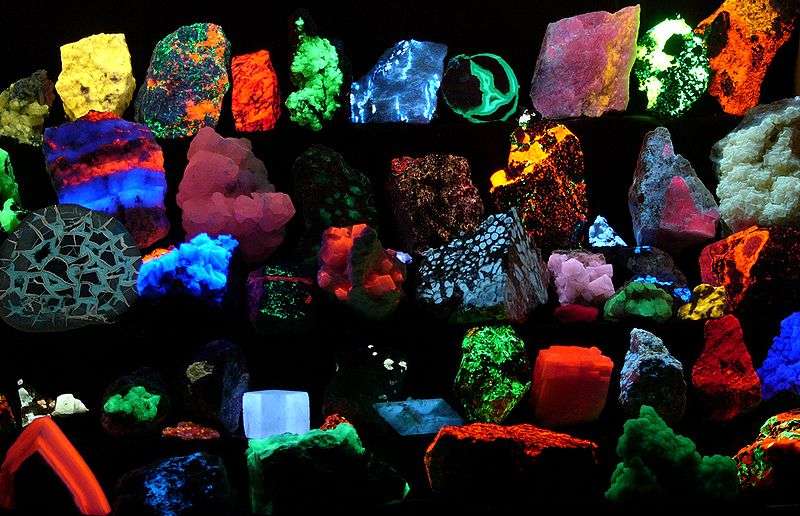
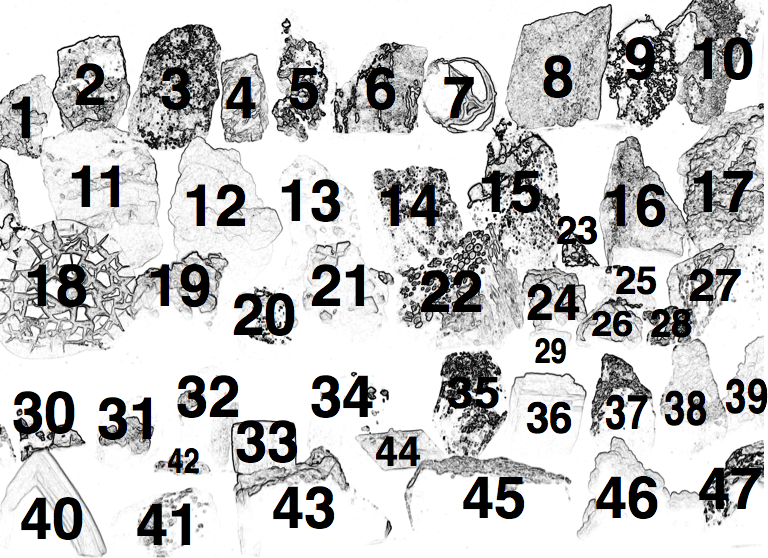
With their names and origin:
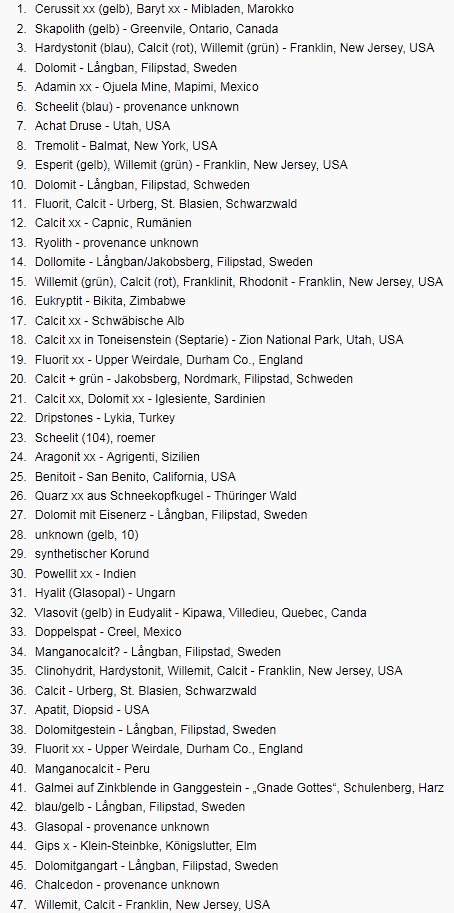
Amazing colors...
source
You're welcome!
Here's a collection of 47 fluorescent minerals:


With their names and origin:

Amazing colors...
source
edit on 11-6-2011 by elevenaugust because: (no reason
given)
new topics
-
Mind Blowing Cave under someones land
Fragile Earth: 20 minutes ago -
The Party of Peace - Trump Cabinet Picks Targeted with Death Threats
US Political Madness: 1 hours ago -
V.P. Kamala Harris releases a video and nobody understands why
US Political Madness: 4 hours ago -
D.B. Cooper mystery may be solved
General Conspiracies: 8 hours ago
3
